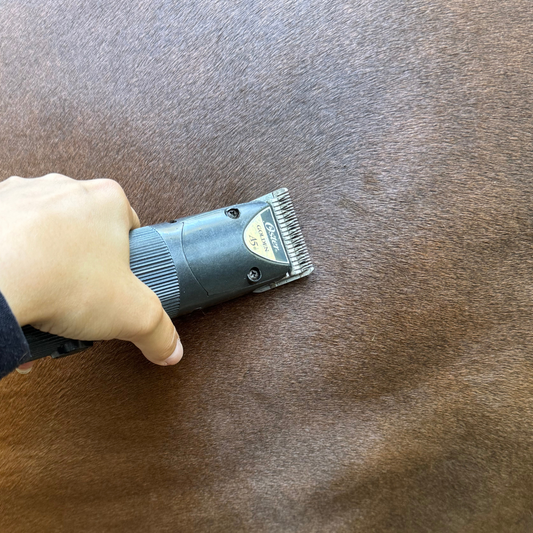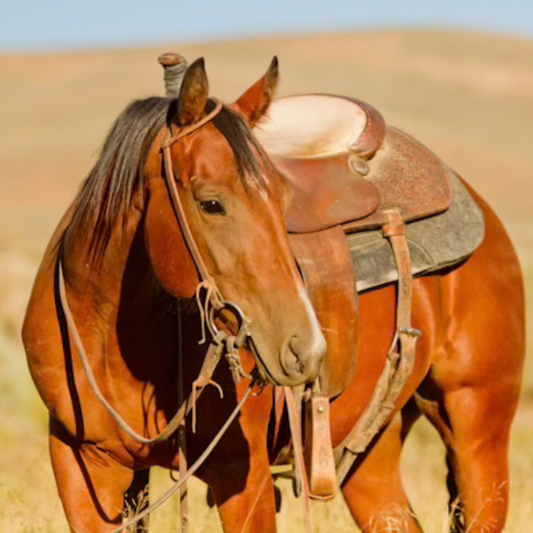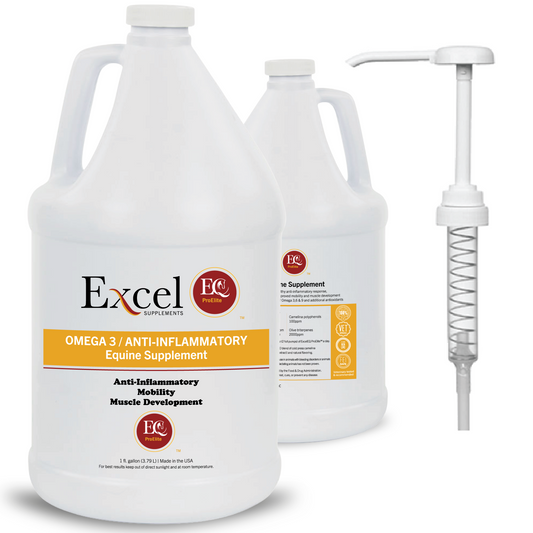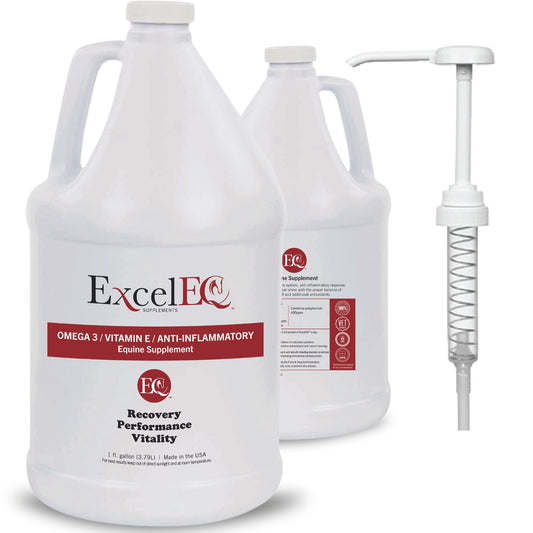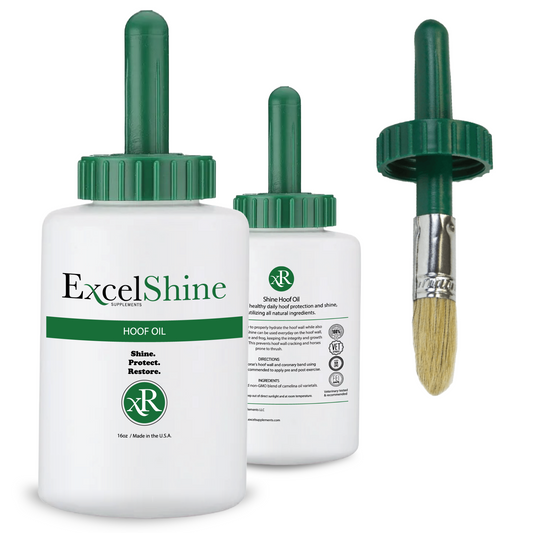Understanding Horse Colic and How to Manage It
Share
Please note: These are general guidelines for Colic. Different situations may require different actions. Always consult your veterinarian and follow their instructions. The health of your horse is our top priority at Excel Supplements!
Colic is defined as abdominal pain in horses and can occur seemingly without warning. While colic can be alarming, it's reassuring to know that the survival rate for colic is around 68%. Early detection and prompt action are crucial. Here’s how to identify and manage colic in horses effectively.
Recognizing Colic in Horses
Evaluate Your Horse for Colic Symptoms
- Take Vital Signs: Measure your horse's rectal temperature and heart rate.
- Examine Physical Signs: Check for heat in the hooves and tightness in the rump muscles. These could indicate laminitis or tying-up, which might mimic colic.
- Call Your Veterinarian: Regardless of the severity or any missed symptoms, it's essential to contact your vet.
Common Symptoms of Colic
- Elevated temperature and heart rate
- Tightness in the stomach and rump muscles
- Absence of fresh manure in the stall
- Pawing, rolling, or thrashing, indicating discomfort
- Loss of appetite or thirst
- Lethargy
Immediate Actions for Colic Relief
Administering Banamine (with Vet Approval)
Even if your veterinarian is on the way, colic can escalate quickly. With your vet’s approval, administer Banamine to help alleviate pain and manage fever. Banamine is an effective anti-inflammatory and fever reducer, providing relief within 1-2 hours.
What is Banamine?
Banamine, containing flunixin meglumine, is a leading NSAID (non-steroidal anti-inflammatory drug) approved for horses in the U.S. It helps protect against septic or endotoxic shock due to gastrointestinal issues and can be administered orally or intravenously.
Note: Do not administer intravenous medication without veterinary approval.
Managing Your Horse While Waiting for the Vet
Keep Monitoring Your Horse
-
Regular Temperature Checks: Know your horse’s normal temperature range. Continue to take their temperature every 30 minutes from the onset of symptoms until the vet arrives.
-
Administer Banamine: If approved, Banamine can help manage fever and pain.
Prepare for Emergencies
- Keep Your Horse Calm: Walking your horse can be beneficial. Movement may help, but ensure they remain calm and avoid rolling or thrashing.
- Withhold Food and Water: Unless directed otherwise by your vet, do not offer food or water until the vet arrives.
- Secure Environment: Keep your horse in a clean, confined area to prevent injury. Avoid moving them around the property.
- Prepare for Transport: Be ready to transport your horse to an emergency clinic if necessary.
Prevention Strategies
While you cannot completely eliminate the risk of colic, maintaining good gut health can reduce its likelihood. Supplements like ExcelEQ ProElite support overall gut health and help minimize the risk of colic.
Sources:


